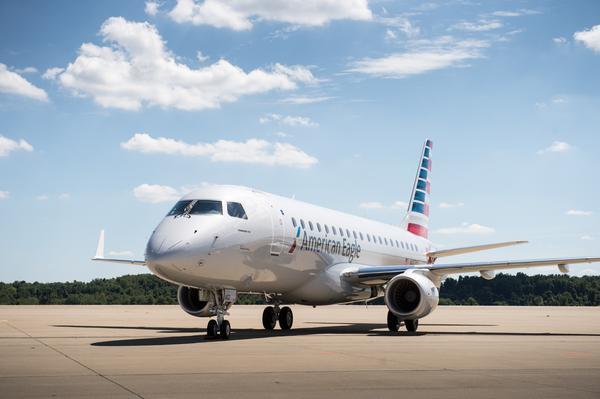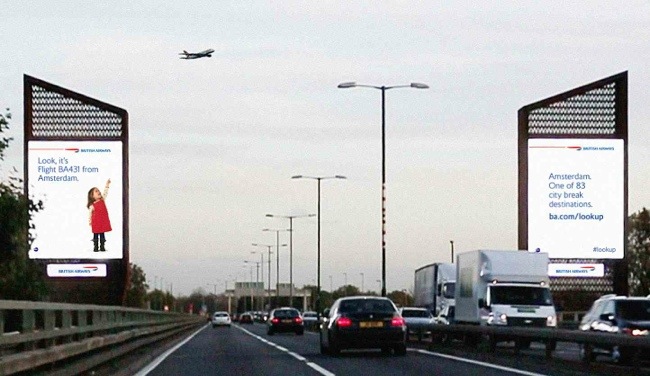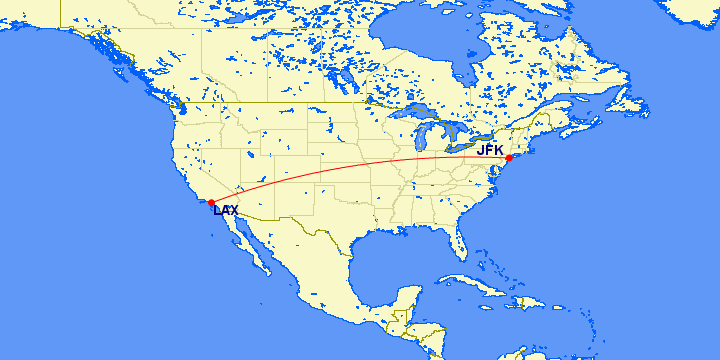Something things go right sometimes they don't. Yesterday wasn't something out of the ordinary but I guess some of you never experience the frequency of weather or maintenance that we encounter working at an airline. Looking at the weather prior to our departure from Dallas-Ft. Worth, we knew that we could expect some thunderstorms during our approach into Charleston, West Virginia.
Blocked to just a little over two hours, and looking at the terminal aerodrome forecast (TAF), we took off with confidence that we could "beat" the storm. Whether or not to jet east and then up and around the front or penetrate earlier in the flight and fly behind it, we chose the former. Usually you chose the latter, but once we were in the air, the weather didn't look that bad.
Almost an hour after our scheduled arrival, we made a safe approach and landing safely getting all our passengers to the terminal. It wasn't without bumps and initially the weather at CRW wasn't calling for landing conditions, but after 45 minutes, the initial thunderstorm cleared and calm winds presided.

Arriving at the gate, the plan was to leave as soon as we could board up, refuel and clean the aircraft but things changed. The plane gave us a flashing light notifying us of a maintenance item which after two hours of coordinating with dispatch, maintenance control and crew scheduling, ultimately led to the cancellation of the flight. Repositioning the aircraft to another portion of the airport, coordinating a shuttle and hotel stay our day came to an end with nine hours of sleep. We also had the opportunity of riding the hotel shuttle back to with some passengers who were taking the cancellation well.
So back to present time, scheduling had us report at 5:15am this morning and to no surprise without a phone call or notification from anyone back at company, we came down for the scheduled shuttle back to the airport only to find out that the aircraft wasn't ready. I'm now back in the hotel room killing another two hours before our next scheduled van ride. At least I can now grab some coffee.
update: I just got a call a couple of minutes ago notifying us again for a change to 6:45am which as I spoke to her was actually six minutes in the past.







